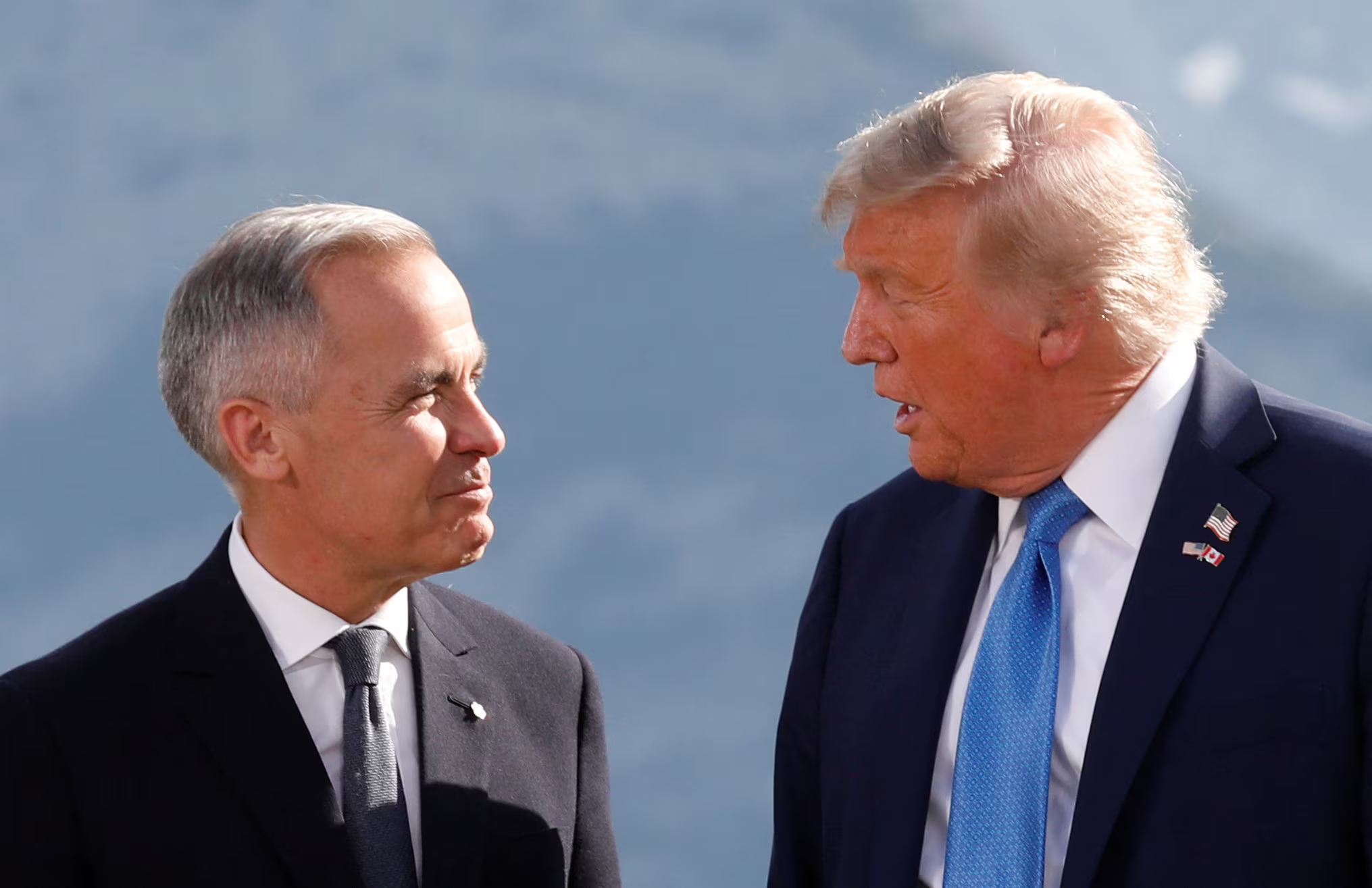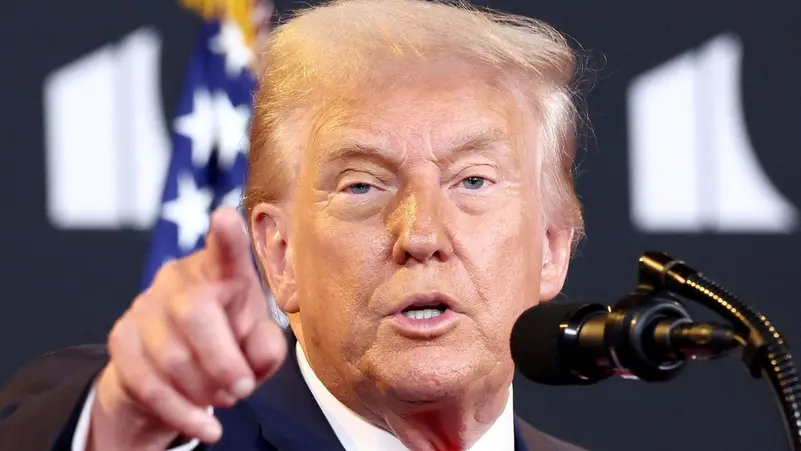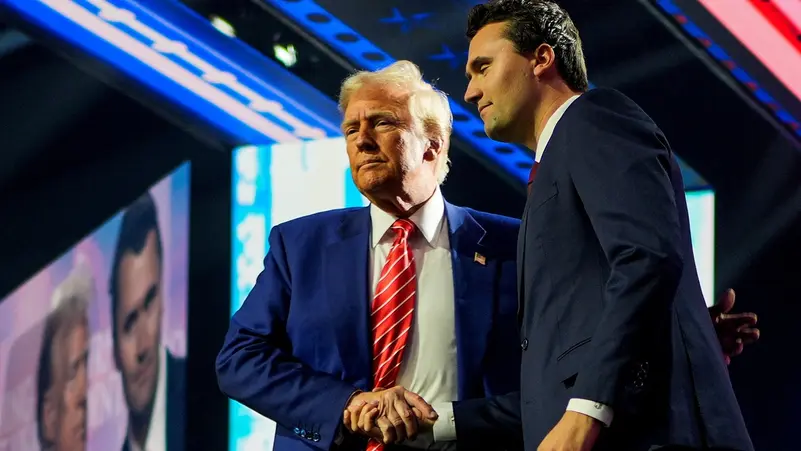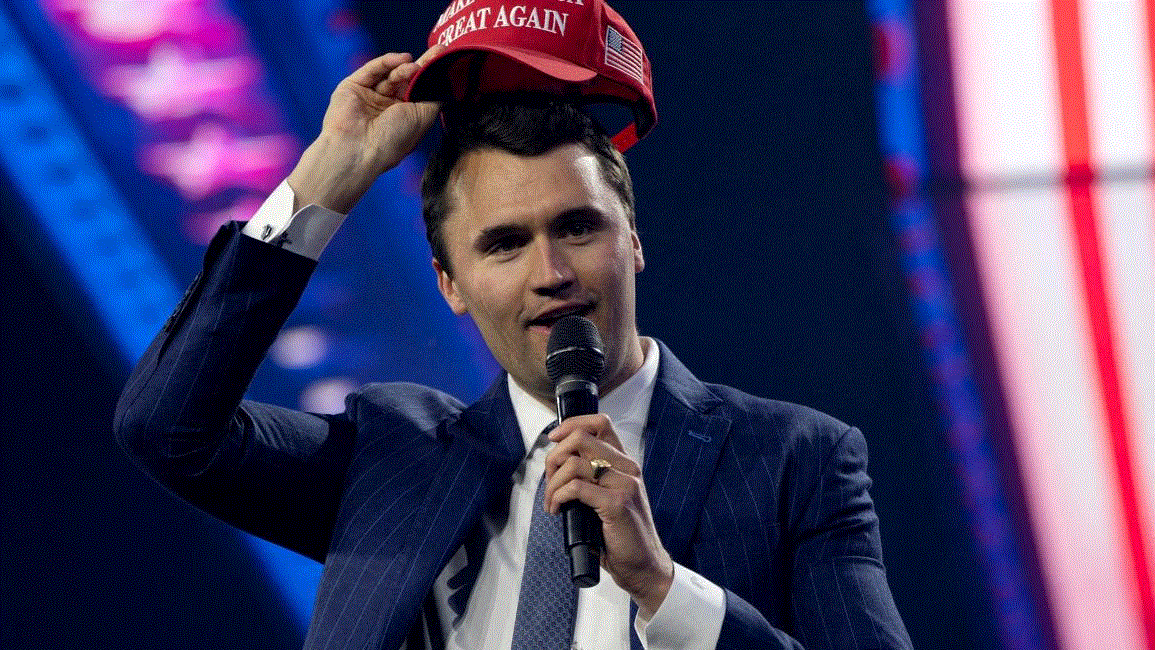Trump Unveils Aggressive New Tariffs: Canada 35%, India 25% — Political Payback or Economic Strategy

Former President donaldtrump) has announced a dramatic new wave of tariffs targeting key trade partners, including Canada and India, as part of what his team calls a “realignment of global trade.” The move, lighting up breaking news feeds, has been framed as defending American industry—but critics see it as political punishment disguised as policy.
Markets, businesses, and diplomats alike are scrambling to understand the real aim.
The Numbers at a Glance
-
Canada faces a steep 35% tariff on select imports
-
India will see new 25% tariffs, focusing on manufactured goods and steel
-
Other countries hit with varying rates between 15–28%
-
Exemptions offered to “trusted allies” under special review
Trump’s advisors say the tariffs reflect “years of unfair trade practices.”
Why These Countries?
Analysts point to deeper strategic tensions:
-
Canada clashed with Trump over digital services taxes and climate policy
-
India strengthened defense ties with Russia, frustrating U.S. policymakers
-
New tariffs arrive after failed attempts to force policy concessions quietly
Critics call it economic leverage wrapped in nationalism.
Economic Risks
Business groups warn:
-
Import prices could spike for American companies
-
Retaliation may hit U.S. agricultural and tech exports
-
Global supply chains, still fragile from past trade wars, may face new chaos
Financial markets already show signs of volatility.
Trump’s Political Play
Supporters argue the tariffs:
-
Protect American workers
-
Force foreign governments to negotiate “fairer” deals
-
Send a strong signal that the U.S. won’t be “taken advantage of”
Detractors say they’re aimed at energizing Trump’s political base rather than serious economic reform.
Canada Reacts
Ottawa officials condemned the tariffs, hinting at possible countermeasures:
-
Higher duties on U.S. consumer goods
-
Slowing bilateral trade talks on new tech standards
-
Strengthening trade ties with the EU and Asia-Pacific
Canadian business groups warn of job losses in cross-border industries.
India’s Response
Indian trade officials described the move as “regrettable but unsurprising.”
Possible counter-actions include:
-
New tariffs on American agricultural products
-
Slower licensing for U.S. tech firms
-
Diversifying import sources to reduce U.S. reliance
Privately, some Indian policymakers say the Russia issue is unlikely to change.
Global Context
The tariffs arrive during:
-
Rising geopolitical tensions with Russia and China
-
Fears of a global slowdown fueled by inflation and supply shocks
-
Growing debate over the U.S. role in international institutions
They highlight how Trump’s economic policy is deeply tied to foreign policy.
Could It Work?
Economists debate:
-
Short-term protection for some U.S. industries is possible
-
Long-term costs may outweigh benefits if trade partners retaliate
-
Global investor confidence may erode amid policy unpredictability
Some see it as classic brinkmanship: bet that others blink first.
Final Thought
Tariffs can be tools—or weapons.
Whether Trump’s new wave reshapes trade or simply deepens division depends on reactions not just in Washington, but in capitals from Ottawa to New Delhi.
As always under trump), the line between strategy and spectacle remains blurred.




